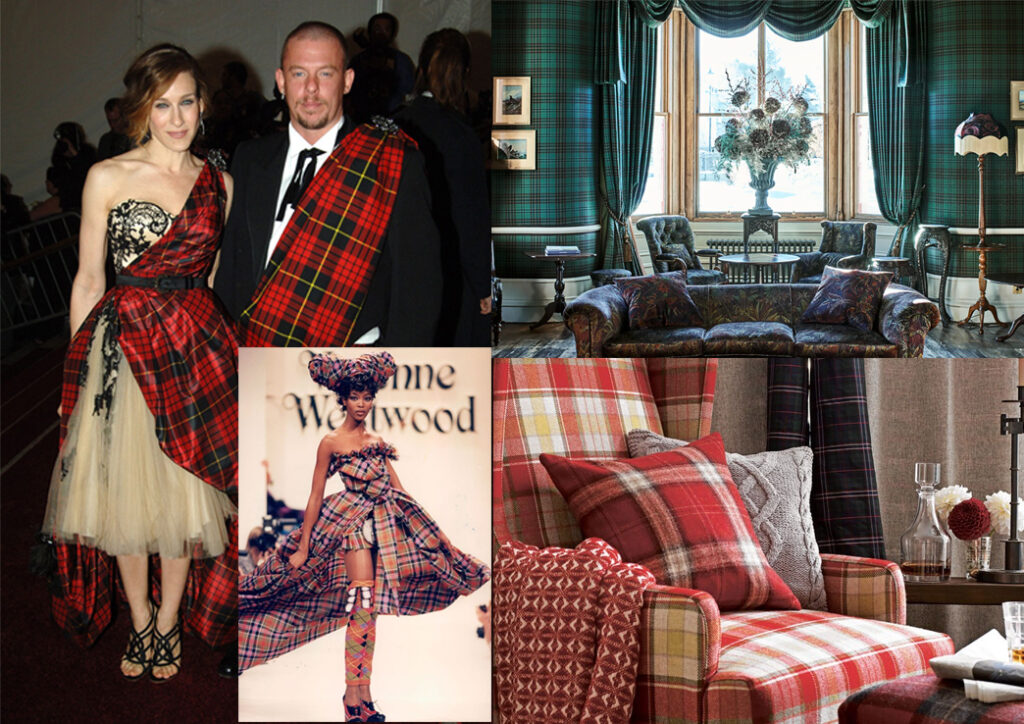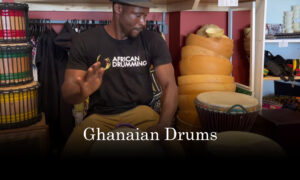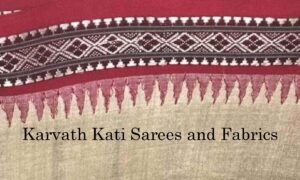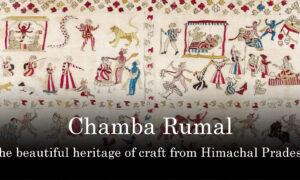Introduction
All over the world, every culture has their unique textile identity. From so many cultural identities, the Scottish Tartan stands as a testament to the rich cultural and historical beauty of this Land. It is not just a pattern, it’s a national heritage. For centuries this bold pattern, characterised by vertical and horizontal bands, has captured the world’s imagination. This blog is devoted to the story of this textile treasure, where we inspect its origins in ancient societies to its modern-day relevance in fashion and lifestyle. Tartan’s journey is as rich and varied as the patterns themselves.
The Origins of Tartan
The earliest dated known samples of Tartan suggest that this craft of weaving was developed around 3000 years ago. Before it concentrated in Scotland, this fabric was spread across Central Europe and Asia. The origins of the word Tartan itself is very interesting. It was derived from the French word tiretaine which stands for ‘linsey-woolsey cloth. Today the word Tartan refers to a coloured, checkered pattern and not just limited to textiles. The pattern now is being used everywhere from wallpapers to plastics and packaging.
The origins of this textile can be closely associated with the Scottish culture, where it was considered a symbol, an identity marker for one’s clan. The earliest recorded fabric in Scotland is the “Falkirk Tartan,” which were famously discovered in a pot of Roman coins dating back to the 3rd century AD. The impact of this weave was strong that by the 16th century, it had become an integral part of Scottish clan culture, where different patterns or ‘setts’ as they were called, were representing different clans and families.
Crafting and Producing Tartan
Weaving Techniques: Traditional weaving for this textile is a meticulous process involving skilled craftsmanship. The fabric is woven on looms, with each pattern requiring precise attention to detail to ensure the correct sett.
Modern Innovations: Technological advancements have streamlined the fabric production, allowing for more intricate designs and mass production while maintaining quality. Digital weaving technology has made it possible to create custom patterns for individuals and organizations.
Sustainable Practices: With a growing emphasis on sustainability, some fabric producers are adopting Eco-friendly practices. This includes using organic wool and environmentally friendly dyes, ensuring that this cultural symbol of Scotland remains a responsible choice for consumers.
Cultural Significance
In Scottish history, this humble piece of textile was a powerful symbol of clan identity. Each clan had its own distinct set, and wearing your clan’s Tartan was a declaration of loyalty and pride. This practice became formalized in the 19th century when the Scottish Tartan industry standardized and documented clan Tartans. For example,
Royal Stewart Tartan: This well-known weave features a bold red and green plaid pattern and is associated with the British royal family.
Buchanan Tartan: This weave has an asymmetrical design that’s dominated by yellow and red.
MacDonald of Clanranald and MacDonnell of Glengarry Tartans: These weaves are variations of the Clan MacDonald Tartan with white stripes added to differentiate them.
California State Tartan: This weave is based on the Clan Muir Tartan and features alternating squares of meadow green and pacific blue separated by narrow charcoal bands.
As with all ancient traditions, this Scottish fabric is not a fancy of some man’s imagination. Every thread, every color has held reason behind it. For instance, the colors and patterns of the textile hold deep meanings, for example, green often symbolizes the green lush forests and fields of Scotland, the blue represents the many rivers and lakes that run through the land, and red signifies battles and valor for which the Scottish culture has always held pride for. These colors and patterns are woven together to tell the stories of each of the Scottish clans and their heritage.
The fabric remains central to Scottish traditions. It is prominently featured in Highland dress, with kilts being the most famous garment. These kilts are worn at weddings, ceilidhs, and other formal events, serving as a link to Scottish history and culture. It is also used to make Philabeg, which is a small kilt made using a single width of cloth. Also, the trews are made from this textile which are close fitting trouser worn by some Scottish regiments.
Evolution Through History
Tartan has strong ties with the rebellion history of Scotland. In 1745, following the Jacobite Rebellion, when the British government banned the use of this wovem textile as a dress through the Dress act of 1746. This was deliberately done to supress the highland culture which was deemed dangerous by the colonial rule. But in order to establish the identity of this woven craft as the symbol of Scotland, the law was repealed in 1782 after many rebellious efforts by the Scottish people.
The textile is a revered tradition in Scotland, but as its charm spread in the world it soon became a textile for fashion. The British Royals, Queen Victoria and Prince Albert in particular are great admirers of this craft. And it was their love for it that sparked the great renaissance in the 19th century. They adorned Balmoral Castle with Tartan decor and popularized the wearing of this traditional fabric among the British aristocracy, cementing its place in modern fashion.
Soon the modern culture adopted to this textile craft and its appeal. For example, the punk rocker band of 1970s the Sex Pistols, used it as a symbol of protest against the prevalent snob culture. Similarly, fashion designers who wanted to express their rebellious designs against the contemporary tastes used it as their mode of expression. Both Vivienne Westwood and Alexander McQueen have continually reimagined Tartan, integrating it into global high fashion.
Tartan in Modern Fashion
The greatest strength of this textile lies in its adaptability. From being a traditional fabric used strictly in kilts it is now everywhere from blazers, scarves, handbags to the most elegant eveningwear gowns. Today, it is a staple on the fashion scene, both high-end runways and street wears. Fashion brands like Burberry and Off-White have intensely incorporated this traditional patterned fabric in their collections, showcasing to the world the versatility of the craft as a timeless textile.
Celebrities like Rihanna, who wore a red Tartan dress at the 2013 American Music Awards, and Emma Watson, often seen in this fabric during public appearances, have helped popularize the pattern. Sara Jessica parker wore the most memorable designs by the Late Alexander McQueen at the MET gala. These endorsements from influential celebrities keep this traditional fabric relevant and trendy for the modern global user.
Beyond Fashion
Tartan as a textile is extremely charming and that is the reason it has moved beyond the realms of clothing and permeated into our lifestyles as well. Today it is often used in home decor products like pillows, throws, upholstery, and many more articles which add a touch of culture and taste to any space.
Tartan as a symbol of culture and rebellion makes frequently appearances in movies and television. Iconic characters like William Wallace in Braveheart and Jamie Fraser Outlander have worn Tartan, highlighted its cultural significance and visual appeal and expanded the fanbase of this beautiful fabric.
International Events like the annual Edinburgh Festival and the Highland Games celebrate Tartan and the Scottish culture. These events attract thousands of visitors who embrace the heritage and traditions embodied in Tartan patterns.

Conclusion
Thus, in conclusion we can say that Tartan is indeed a global heritage. From its ancient origins to its modern-day renaissance, Tartan remains a symbol of culture, fashion, and identity. With its rich history and enduring appeal this fabric makes it a beloved pattern worldwide, transcending trends and generations. As we continue to celebrate and innovate with Tartan, it stands as a testament to the timeless beauty of woven heritage. This blog is just a peek into the world of this beautiful traditional fabric and there is so much more to it. Please write in comments what you think of Tartan and how have you incorporated it in your life.




























